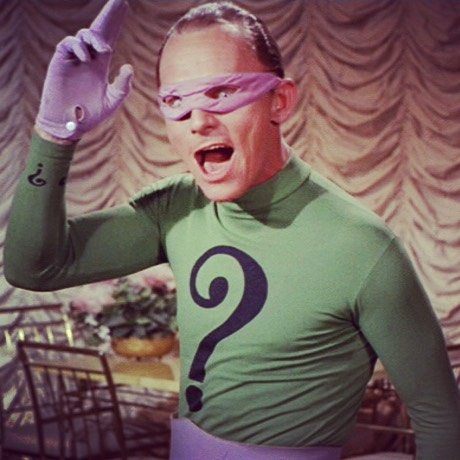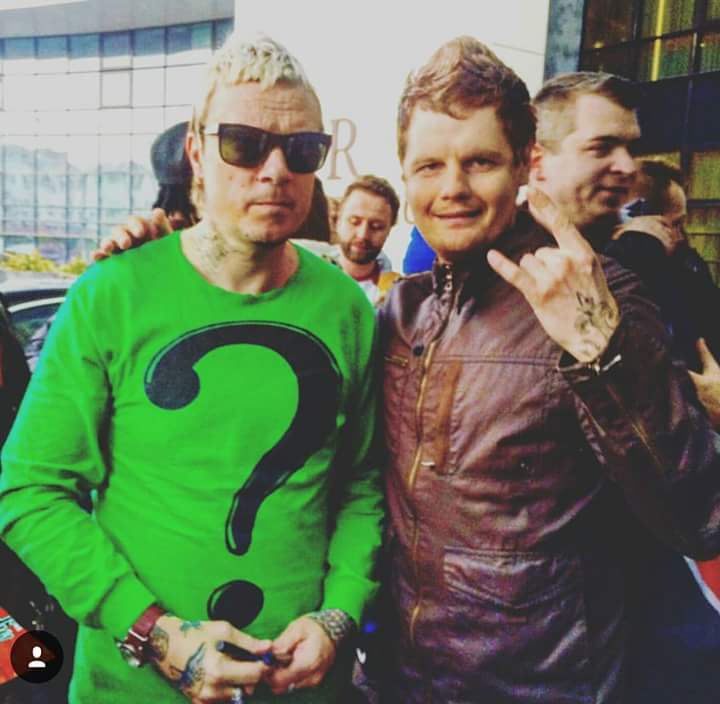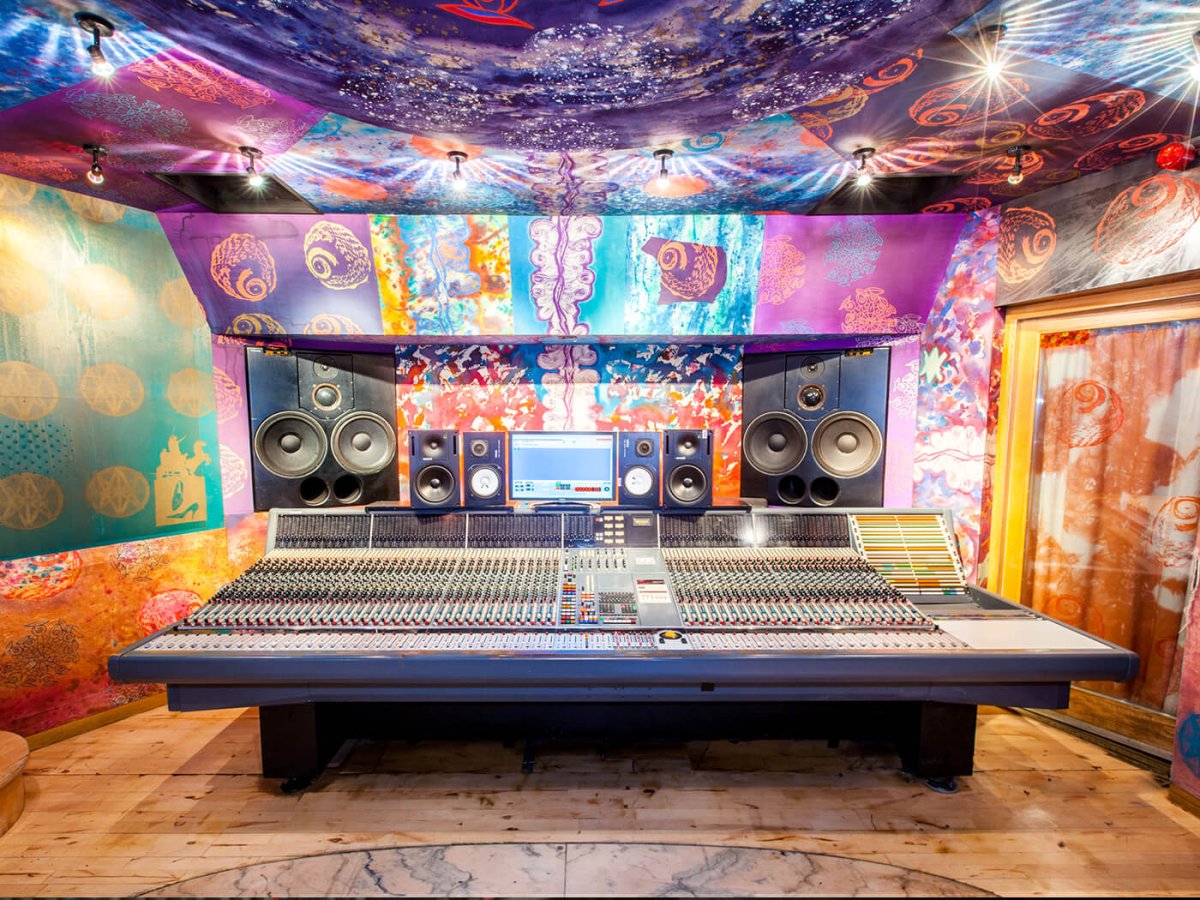Voodoo People · 30th Anniversary (pt.1)
On 12 September 1994 another iconic release by the British electronic punks emerged: The Prodigy released the single Voodoo People, which, in the mid-90s, once again drastically changed the perception of the band. In the first part of this article, dedicated to the 30th anniversary of the single release, we will delve into the track’s musical production: all the details of its creation, technical insights from Liam Howlett and Neil McLellan, a complete breakdown of all versions and remixes, and many other nuances.
The third single from the album Music For The Jilted Generation perfectly combined live guitars, 909 kicks, wild flutes, and 70s vinyl records’ drum breaks. Adding a mesmerizing, hypnotic vocal that speaks of mysterious voodoo people, Liam Howlett created a unique blend that was previously unthinkable for The Prodigy.

In the second half of 1993, Howlett became increasingly fascinated with guitar music. He was aiming for a darker and harsher sound, which was noticeably different from his previous work and usual stuff. Among the new sources of inspiration, Liam mentioned ‘Beastie Boys’, ‘Rage Against The Machine’, ‘Pink Floyd’, ‘Senser’, and, of course, ‘Nirvana’. ‘Voodoo People’ for example, was me wanting to create a track that had no synth in there and was totally based on live segments. I had started listening to guitar music more around the time of ‘One Love’, but initially I never thought about incorporating it into our music. Once I had ‘Voodoo People’ completed, that pushed me on to a new writing approach because it was a really different sound’, Liam admitted in a conversation with Martin Roach, later published in his book ‘Electronic Punks’.
Liam Howlett for Martin James (book ‘We Eat Rhythm’): ‘I sampled a Nirvana track and basically I didn’t think a lot of people would like it, but I did; I thought it almost had a Seventies vibe’
- Sample: guitar riff
- Sample source: Nirvana – Very Ape [In Utero, 1993]
The banger opens with a distorted guitar sample based on the first bars of Nirvana’s ‘Very Ape’ from the album In Utero, immediately followed by a driving kick from the Roland TR-909 sampler. The tune premiered for the first time at concerts in February 1994, and at that early stage, the tune directly sampled Kurt Cobain’s riff. Besides the raw, unprocessed guitar sound, the track also differed from the final mix in its arrangement. It appears that ‘Voodoo People’ was refined right during The Prodigy’s winter UK tour: it’s noticeable that on February 14, 1994, it was around just over 3 minutes long, but by the 19th, Howlett had extended it to 5 minutes, bringing it closer to the album version’s length.
By the way, in honor of the anniversary, the All Souvenirs team recreated this early beta version!
As many know, in the credits of the album Music for the Jilted Generation and the single, a certain Lance Riddler is listed as the guitarist for ‘Voodoo People’. Interestingly, this name doesn’t come up in searches even 30+ years after the release, appearing exclusively in connection with The Prodigy. For many, this story always sounded like another of Howlett’s tricks, and he has been repeatedly asked about the mysterious musician. Liam has consistently claimed that the guitar part was re-recorded by Riddler.
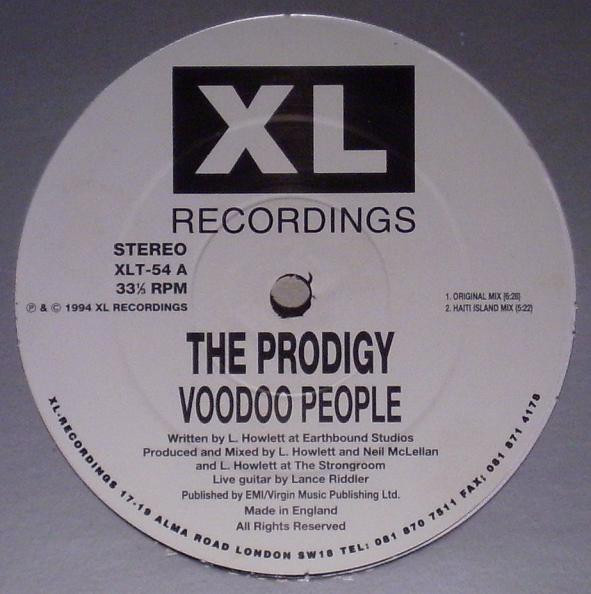
Liam Howlett for Martin James (book ‘We Eat Rhythm’): ‘He’s definitely not me!’ he laughs. ‘He was a friend of Angie’s who came round and only played on that one session’
Dave Grohl, former drummer of Nirvana and now leader of the Foo Fighters, has also talked about this inconsistency with a laugh. On July 13, 1996, during the T In The Park festival, Grohl confessed to host Ewan Macleod that he was incredibly flattered when he recognized the familiar sound.
Dave Grohl: Well, I listened to it, I was like, oh my god, and I was totally flattered. I mean, to me, people sampling Nirvana is totally flattering. I love it. And I asked them about it, and they sort of…
Ewan Macleod: What was their answer?
Dave Grohl: They said, ‘Well, you know what we did is we got a guitar player to come in and duplicate the exact same sound and we sampled that…’
Ewan Macleod: Did you believe that?
Dave Grohl: Uh, well I like them, so I’ll say yes.
It’s amazing that none of the remaining members of Nirvana ever raised the issue of copyrights for the track or demanded royalties. Even years later, Grohl continues to speak positively about The Prodigy, and he even managed to record several songs with them, as well as share a dozen shows on the same stage.
In any case, it’s safe to say now that if Liam ever tried to re-record the guitar, the final version of the track still contains the original guitar loop from ‘Very Ape’. Liam sliced the sample slightly differently and added a chorus/flanger effect to the riff. This can easily be verified by inverting the waveforms or simply comparing them visually — no person can replicate the sound so mathematically precisely, neither 30 years ago nor today.
- GUITAR EFFECT
But where did the name Lance Riddler come from? It seems to be nothing more than a hoax by Liam. Rumor has it that Howlett took this name from his favorite DC Comics, where his favorite character was Edward Nygma (aka The Riddler). His interest in comics has not faded over the years: evidence of this can be found on the band’s Instagram and photos of Liam from 2016.
Let’s not forget the context of that period: ‘Voodoo People’ was released in the same year, 1994, when Kurt Cobain tragically passed away. Perhaps Liam simply didn’t dare to seek permission to use the sample from the band at that time. It was really not the most suitable moment.
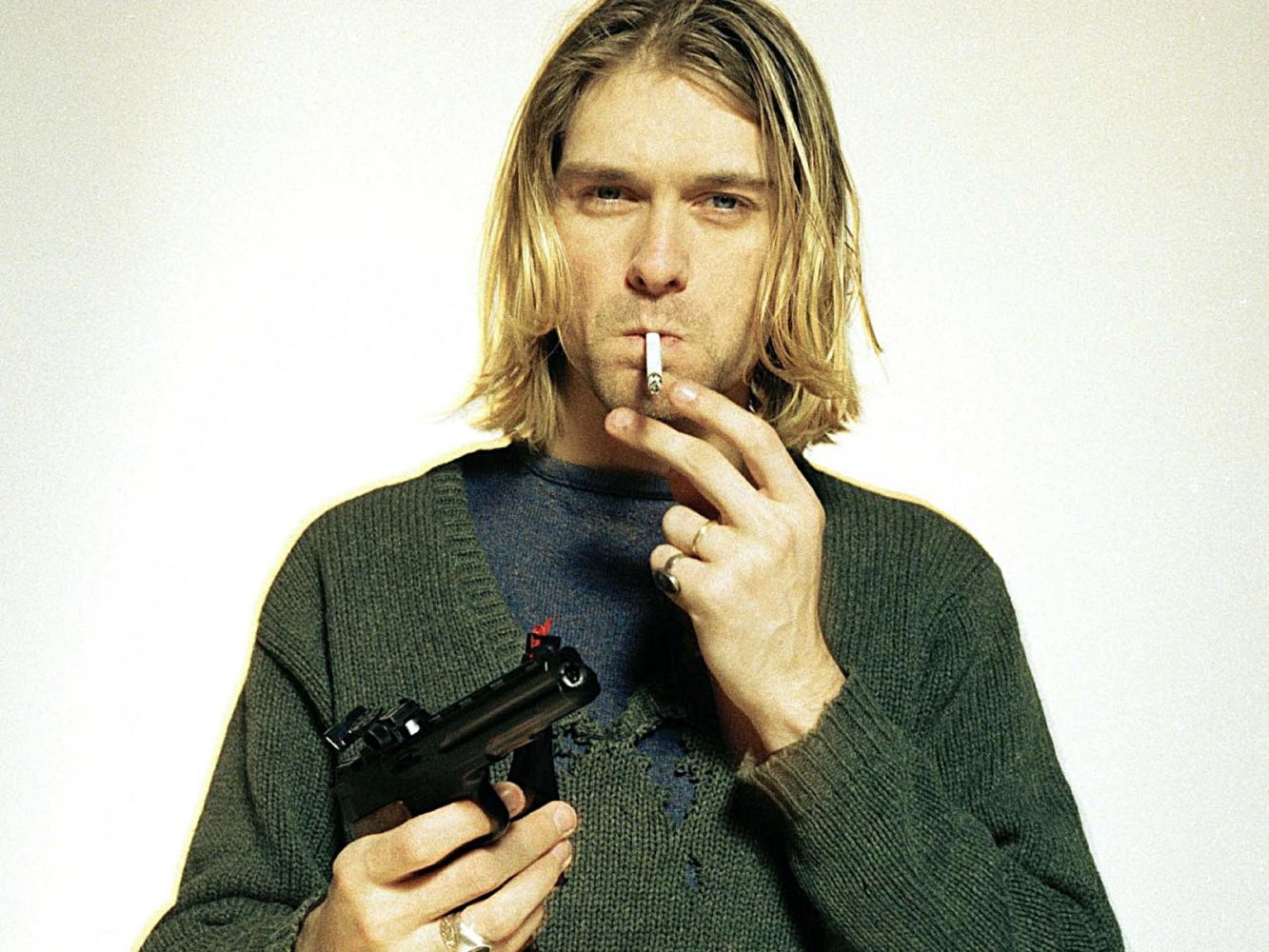
One way or another, whether Howlett wanted to avoid legal issues on his own initiative or Nirvana’s rights holders forbade the use of the sample, he had to slightly alter the track and come up with the story of the ‘guitarist’ Riddler to divert attention.
Regarding the ‘Voodoo People’ production as a whole, in addition to Howlett himself, it was handled by the ever-present Neil McLellan — music producer, sound engineer, and mixing engineer. He is the true éminence grise of The Prodigy, working with the band from the single ‘One Love’ (1993) to the album ‘The Day Is My Enemy’ (2015). He greatly influenced the band’s sound throughout their career: without Neil’s input, Howlett’s tunes would sound significantly different from what we are all used to hearing.
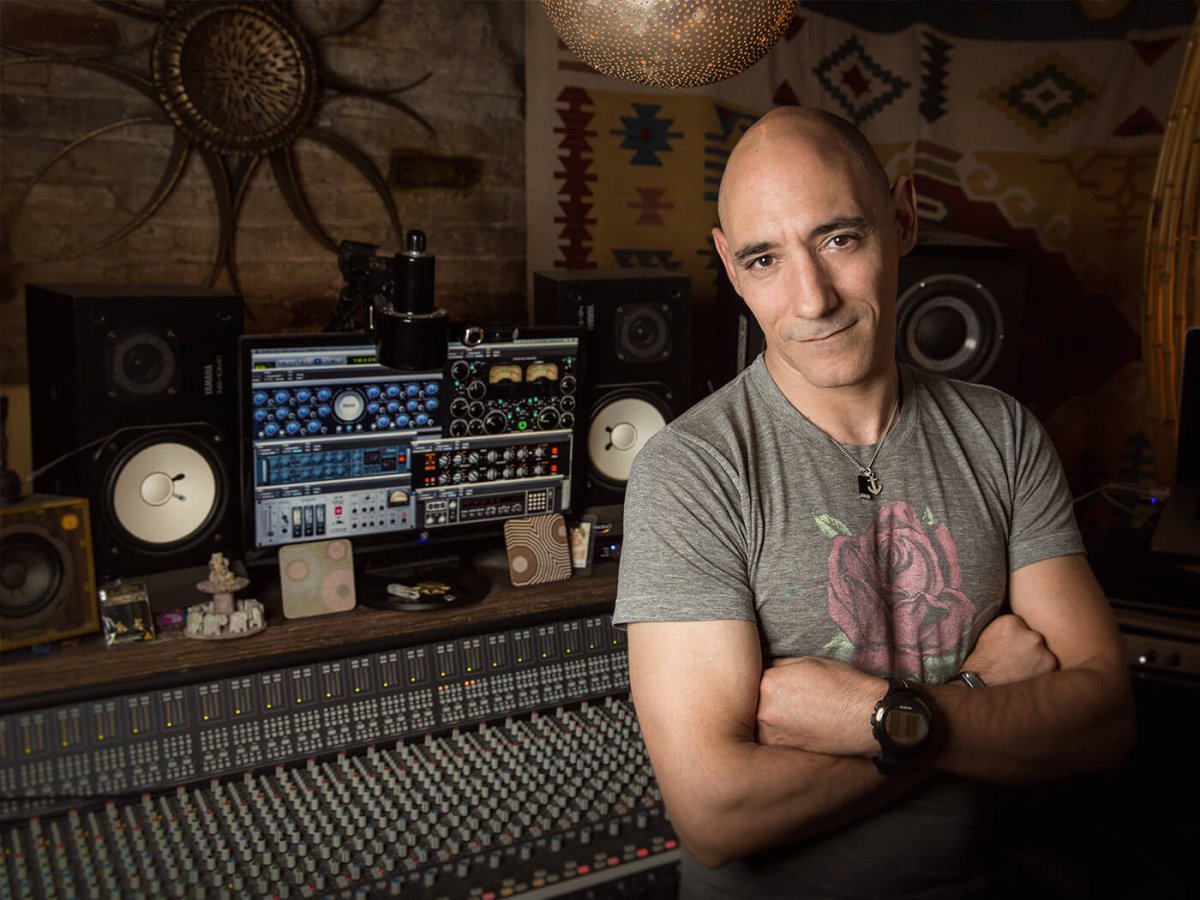
In an interview with Musictech in 2019, dedicated to the 25th anniversary of the album ‘Music For The Jilted Generation’, Neil shared his own memories of recording the track and his impressions 25 years later.
McLellan recalls that when he first heard ‘Voodoo People’ he thought: ‘There’s a lot going on!’ Fortunately, Howlett managed to unite such diverse musical elements. ‘Liam Howlett, to this day, I still think is the best programmer for being able to stick things together. I’ve not come across anyone with that musical sensibility. He’s not a boffin, but he manages to dive in and make it all work’, says the engineer.
The 909 kick following the guitar riff sounds really powerful here. ‘There’s a solidness to the 909 when you listen to the decay on it. It’s awesome. It’s going straight into a dbx 160XT [compressor/limiter]. We printed this all to two-inch tape, back in the day. And we mixed this one on a Neve VR60 desk in the Strongroom’, says McLellan.

It’s funny that despite all its power, the track sounds almost in mono — it’s truly impressive. ‘The only thing that’s stereo in that track is the reverb. There’s reverb on the drums. I know that I used the live room at Strongroom as a reverb and I know I used the grand piano as a reverb. All the chorusing would have been done on a Yamaha SPX90 with Pitch Change C setting, +/- 14 cents on the fine pitch. That was on the main synth and we also used an AMS RMX16 reverb with a 60ms pre-delay’, Neil clarifies.
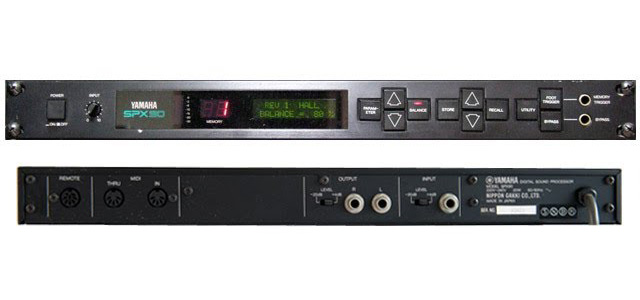
‘There’s also a 3/16ths and 1/8th delay on another SPX90, because we loved that effect. That was a thing that we used an awful lot just to give things movement. You can hear it on the breaks as well. It gives this little shuffle movement and it’s got hardly any re-gen. It’s like one or two per cent. Same with the reverb. That’s fed into the SPX90’, he remembers from the Strongroom sessions.
The main synth riff was played on a Roland JD-990: the factory patch is called 65 Wailing Guitar.

However, ‘Voodoo People’ would never have become so legendary without its vocal refrain. The line ‘The voodoo hoodoo what you don’t dare to, people’ was taken from the 1971 Right On! OST, recorded by The Last Poets. In the nineties, this release made a strong impression on Liam, and he sampled two songs from this compilation: for ‘Voodoo People’, he chopped up the track The Shalimar, and for the well-known ‘We Eat Rhythm’, he took a sample from ‘Puerto Rican Rhythms’ (the voice saying ‘We eat rhythm, we sleep rhythm’). Besides The Last Poets, Howlett also sampled Johnny Pate, Renegade Soundwave, and D-Snake.
- Sample: vocals (‘magic people, voodoo people’ & ‘the voodoo who do what you don’t dare do people’ & ‘moving!’)
- Sample source: The Last Poets – The Shalimar [Right On! (Original Soundtrack), 1971]
- Note: The sample source is listed in the booklet of the US release of the ‘Voodoo People’ single: Sample on tracks 1, 2, 6 and 7 taken from ‘The Shalimar’ by Gylan Kain.
One of the members of the All Souvenirs team, Canyon Hill, meticulously recreated ‘Voodoo People’ in the Ableton Live a few years ago, where the track’s arrangement and production are detailed.
More than ten years before Canyon Hill, the same thing was done by music producer Jim Pavloff, whose work was personally appreciated by Liam Howlett at the time.
Initially, the single was planned for release on August 22, but it was later pushed back exactly three weeks to September 12 — apparently, the delay was due to the music video not being ready by the deadline.
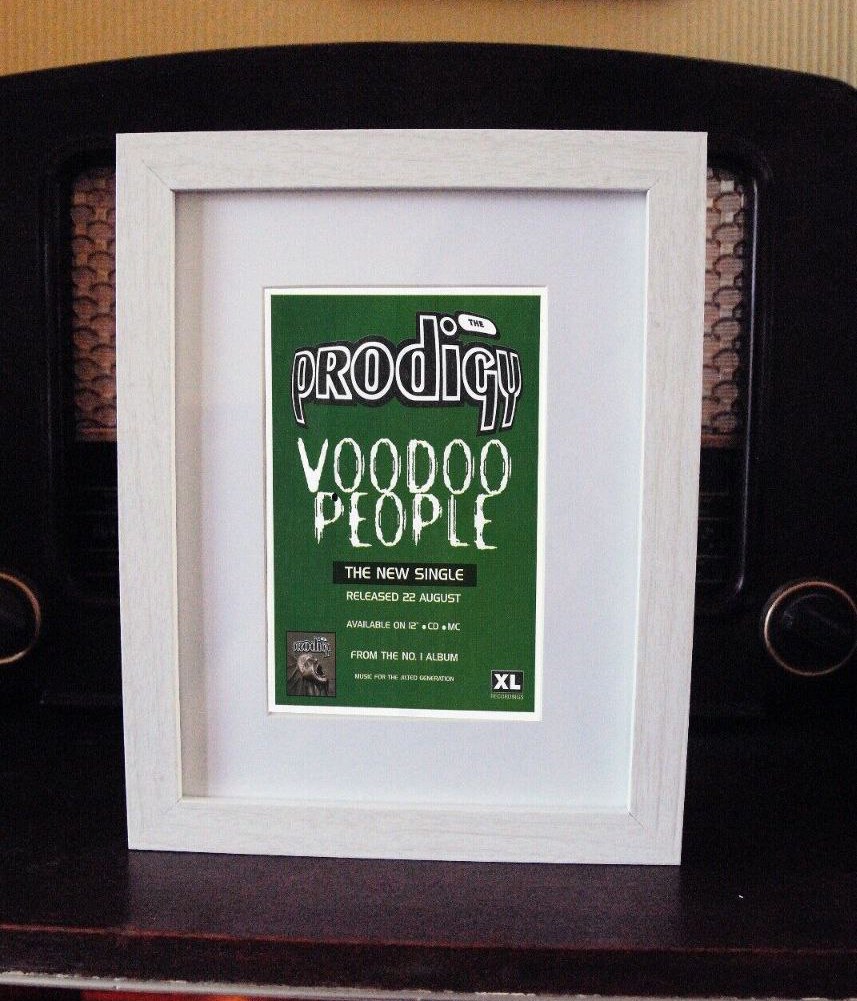
The released single included four tracks: the original version, another mix by Liam Howlett titled Haiti Island, a guest remix by the Dust Brothers (Chemical Brothers), and a B-side called Goa (The Heat The Energy Part 2).
‘Voodoo People (Haiti Island Mix)’ differed from the original with a more straightforward club sound. “This track has quite a empty feel with a lot of space, taking the ‘Voodoo People’ sounds from the original and totally distorting them and then re-arranging it into a trancy feel”, Howlett said about his work for the Japanese release ‘Selected Mixes For The Jilted Generation’, released by the Japanese label Avex.
The guest mix of the single was done by The Chemical Brothers, who were just gaining popularity at the time. The duo was known by their original name, The Dust Brothers, and had released their first two EPs by then.
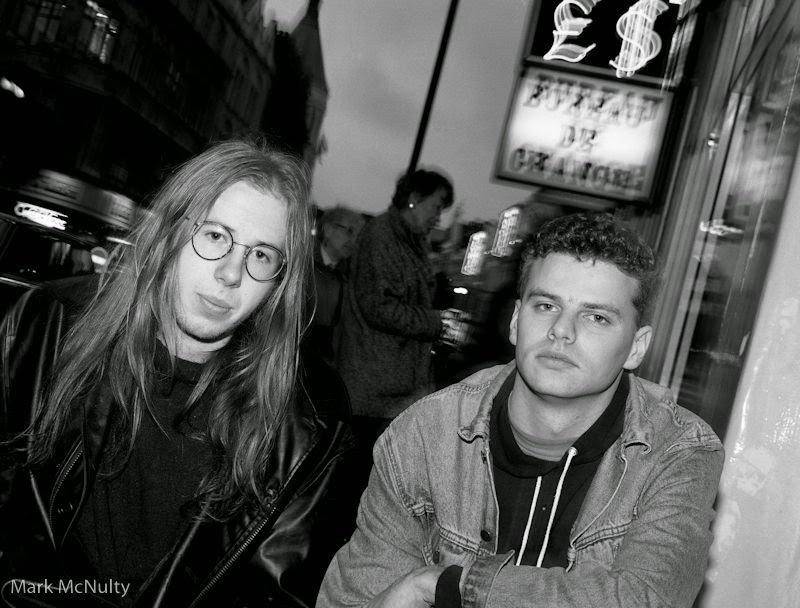
The remix by the Brothers turned out to be quite unconventional and even daring. It was a slow big beat with hip-hop elements, in which almost nothing of the original remained. If you remove the vocal samples from The Last Poets, hardly anyone could recognize the original track in this remix. Only thoughtful listeners might notice the sample from Shaft In Africa, which served as a kind of bridge between the original mix and the Brothers’ remix.
- Sample: percussion
- Sample source: Johnny Pate – Shaft In Africa (Addis) [Shaft In Africa, 1973]
In our opinion, it is one of the best guest remixes. It also left a great impression on Howlett at the time: “This is my favorite Prodigy mix. The Dust Brothers have gone back to the old skool taking the Hip Hop vibe and bringing it up to date with a mix of analogue sounds and rock influence. This proves that a slower track still has the energy!”
In 1994, the band became increasingly attracted to live sound and rock attributes, and at one point, the guys even experimented with performing ‘Voodoo People’ entirely live. Only one such show was recorded on a bootleg, held at the Feile Festival at Semple Stadium, Thurles, Ireland (July 30, 1994) — a month and a half before the single’s release. During their set, after performing the usual album version of ‘Voodoo People’, the band played a small live Voodoo Jam with an invited guitar player, whose name is still unknown. There is information that the first guitarist of the band at that time, before Jim Davies, was named Richard, but no other details about him is available. Some suggest that at the Feile Festival, a member of another band playing at the festival that day could have performed with the band, or perhaps someone familiar with the group — or even the legendary Lance Riddler himself 🙂
The next time the band performed ‘Voodoo People’ entirely live was more than ten years later — on 14 September 2005, during a session for Radio 1 at the Maida Vale studio (this tune later appeared on the double reissue of the album ‘Music For The Jilted Generation’ in 2008).
During the same period, in the era of the release of the compilation Their Law (The Singles), many other studio versions and remixes of ‘Voodoo People’ were released for promoting the album. One of the most famous is the legendary remix by Pendulum, to which we will dedicate a separate article. Also worth mentioning is the rather atypical remix for The Prodigy by British DJ and producer Wonder.
In addition, the main tracklist of the compilation included an updated ‘Voodoo People’ edit by Liam Howlett himself: it was made primarily for the live performances of 2005, but it also appeared on the release.
Subsequently, Howlett updated this live edit for concerts a couple more times — in 2008 and 2016.
The official edit versions of the tune are also quite interesting. For example, the shortened single version of ‘Voodoo People’ is one of those rare cases for The Prodigy where the laziest musical technique called ‘fade-out’ was used at the end of the track — that is, gradually fading the sound into silence. This is very strange because in the music video, which uses a similar edit, the ending is complete!
Why the single version decided to be faded-out is unknown, but if you compare both versions, in the same place where the video edit ends, the single version continues playing fading into silence. Perhaps initially, Liam created a longer edit for the single, which did not fit the standard 4-minute format, and someone on the label’s initiative added a fade-out to shorten the track to the required length for radio format.
Moreover, there is another 4-minute edit version released on the ‘Avex Dance Vol. 2’ compilation. This edit differs from the single version, despite having roughly the same duration. It was made at the Avex label specifically for CD DJs. Unlike the single version, the focus here is not on maintaining the gradual ‘development/storyline’ as in the original tune but on dance drops, meaning the number and length of beatless parts (bridges) are minimized.
Also in the story with the single it is worth remembering the defective edition of the Australian single – when by mistake two tracks on the release: ‘Goa’ and ‘Voodoo People (Original Mix)’ were converted from 48kHz to 44.1kHz without re-sampling, making the tracks much slower than they should have been. The Australian single was released with this defect. At one time, especially hardcore fans even considered this defect as some “slower-versions”, even before it became mainstream on YouTube. 🙂
In the second part of the article, dedicated to the 30th anniversary of ‘Voodoo People’, we will talk about the design of the single and provide details about the work on the music video with the legendary Mark Reynolds. He shared with us many previously unpublished details about the shooting and editing of the video!
Headmasters: SIXSHOT
Additional thanks to: Split, Canyon Hill, Refeedzy Epxerts, Martin James
Donate
- Tether (USDT)
Donate Tether(USDT) to this address

